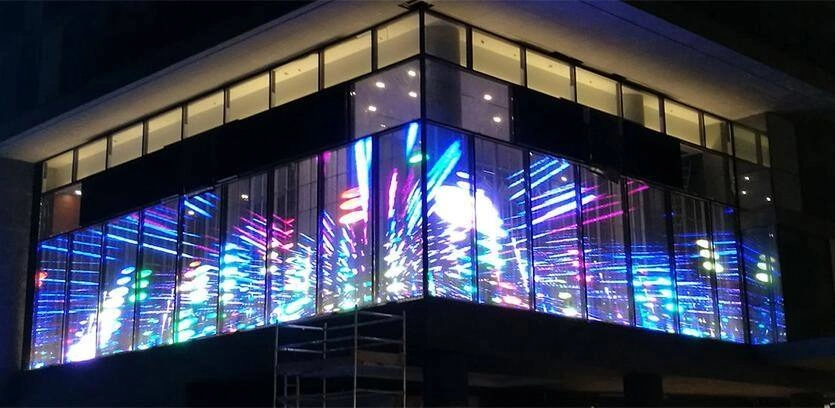
Photoelectric glass, also known as smart glass or switchable glass, is a type of glass that can change its properties in response to external stimuli, typically an electric current or voltage. This glass technology allows the glass to switch between transparent and opaque states, offering various levels of privacy, light control, and energy efficiency. Photoelectric glass is commonly used in architectural applications, automotive industry, and various other sectors.
There are a few different types of photoelectric glass, each with its own mechanism for changing its transparency:
- Electrochromic Glass: This type of smart glass changes its tint or opacity when an electrical voltage is applied. It usually contains layers of conductive materials and electrochromic materials that darken or lighten in response to the voltage, controlling the amount of light and heat passing through.
- PDLC (Polymer Dispersed Liquid Crystal) Glass: PDLC glass consists of a layer of liquid crystals dispersed in a polymer matrix. When an electric current is applied, the liquid crystals align to allow light to pass through, making the glass transparent. When the current is turned off, the liquid crystals scatter light, making the glass opaque.
- SPD (Suspended Particle Device) Glass: SPD glass contains microscopic particles suspended in a fluid between two layers of glass. When an electric voltage is applied, the particles align to allow light to pass through, and the glass becomes clear. When the voltage is removed, the particles randomize, making the glass opaque.
- Thermochromic Glass: While not strictly photoelectric, thermochromic glass changes its transparency based on temperature. It becomes more transparent as the temperature increases and vice versa. This type of glass is often used for energy-efficient purposes.
Applications of photoelectric glass include:
- Architectural: Windows, partitions, and skylights in commercial buildings, offices, and residential spaces to control light, glare, and privacy.
- Automotive: Sunroofs, windows, and rearview mirrors that can switch between transparent and opaque states to control sunlight and privacy.
- Aviation: Aircraft windows that can adjust transparency to manage sunlight and improve passenger comfort.
- Medical: Privacy glass for hospital settings, such as in operating rooms or patient rooms.
- Retail: Storefronts or display cases that can change transparency to showcase products or provide privacy after business hours.
Photoelectric glass offers the advantage of flexibility and adaptability in various environments, enabling better control over lighting conditions, energy usage, and privacy while adding a modern and futuristic element to architectural design.
